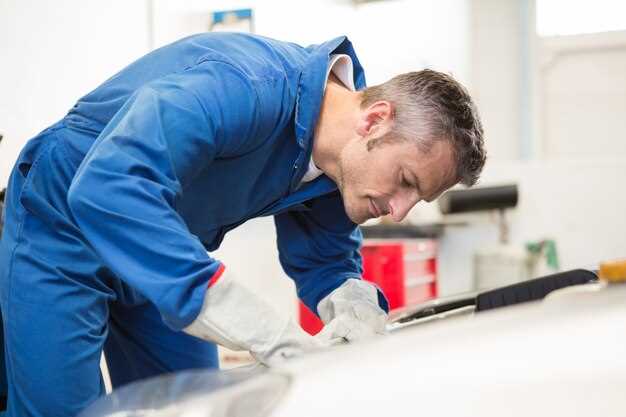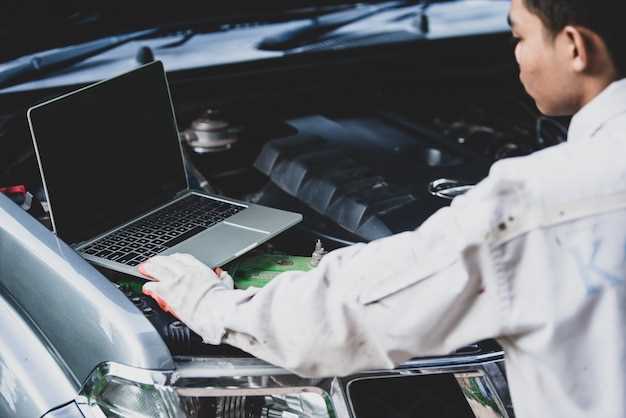
How to detect and fix a coolant leak
- Dominique Kaye
- 0
- Posted on

When it comes to maintaining your vehicle’s health, monitoring the coolant system is essential. A coolant leak can lead to a range of issues, from overheating engines to severe damage that could result in costly repairs. It is vital to be aware of the symptoms and signs of a leak to address it promptly before the situation escalates.
One of the key indicators of a coolant leak is a significant drop in the coolant level in the reservoir. If you find yourself frequently topping up your coolant, it’s essential to investigate further. Additionally, noticing a sweet smell of antifreeze or seeing puddles of bright green, orange, or pink liquid under your vehicle might indicate a leak, putting your engine at risk of overheating due to inadequate coolant levels.
Temperature fluctuations can also be a telling sign. If your engine temperature gauge rises into the red zone while driving, it may suggest that your engine is not receiving enough coolant. This situation can quickly evolve into a more serious issue, making it crucial to locate and repair the coolant leak as soon as possible.
Identifying Symptoms of a Coolant Leak and Overheating Issues

Detecting a coolant leak early is crucial to prevent severe engine damage. One of the first symptoms you may notice is a drop in coolant levels. If your vehicle requires frequent top-ups, it’s a sign that a leak might be present.
Another symptom to watch for is the presence of coolant puddles or stains under your vehicle. Coolant is typically green, orange, or yellow and has a sweet smell. Finding any of these indicators on your garage floor or driveway should prompt immediate investigation.
Temperature fluctuations on your vehicle’s dashboard are also significant. If the temperature gauge consistently approaches the red zone, your engine is overheating. This can result from insufficient coolant caused by a leak or other cooling system failures.
Pay attention to steam or smoke rising from the engine bay while driving or when the vehicle is idling. This occurs when the engine overheats, often a direct result of low coolant levels due to a leak. Addressing this issue promptly is essential to avoid costly repairs.
Lastly, an increase in engine noise may signal overheating. A laboring engine under excessive heat can produce knocking or pinging sounds. If you observe any combination of these symptoms, it’s imperative to investigate further and consider seeking professional assistance to identify and resolve the coolant leak.
Step-by-Step Process for Locating the Source of the Leak
Identifying the source of a coolant leak is crucial for preventing engine overheating and damage. Follow this step-by-step guide to effectively locate the leak.
Step 1: Prepare Your Environment – Park your vehicle on a flat surface and ensure the engine is cool. This safety precaution will prevent burns from hot components.
Step 2: Inspect the Coolant Reservoir – Start by checking the coolant reservoir for any visible cracks, discoloration, or signs of leakage. Ensure the cap is securely fastened to avoid vapor escape which can affect temperature readings.
Step 3: Examine Hoses and Connections – Inspect all hoses connected to the radiator, engine, and coolant reservoir. Look for dry spots, cracks, or bulging that may indicate a leak. Check the clamps for tightness as loose connections can also lead to coolant loss.
Step 4: Check the Radiator – Examine the radiator’s surface for any signs of corrosion or leaks. Look for puddles forming underneath the radiator. Pay special attention to the areas around the seams and soldered joints.
Step 5: Monitor the Engine Temperature – Start the engine and let it reach operating temperature. Watch the temperature gauge closely. If it begins to rise above normal, stop the engine immediately to prevent damage while continuing to search for leaks.
Step 6: Look Under the Vehicle – After running the engine, check under the vehicle for any coolant drips or puddles. The color of the fluid can help determine if it is coolant, which is typically green, orange, or yellow.
Step 7: Use a UV Leak Detector – If the source of the leak remains elusive, consider using a UV leak detection kit. Add the UV dye to the coolant system and use a UV light to identify the dye’s glow, which will pinpoint the leak’s location.
Step 8: Seek Professional Help – If you are unable to find the leak after these steps, it may be time to consult a professional mechanic. They have the expertise and tools to diagnose and repair coolant leaks effectively.
Repair Options for Common Coolant Leak Problems

Coolant leaks can lead to serious engine issues if not addressed promptly. Identifying the source of the leak is essential for timely repairs. Here are some common leak problems and appropriate repair options.
1. Radiator Leaks: A damaged radiator can cause significant coolant loss. Small punctures or corrosion can be sealed using a radiator sealant. For larger leaks or substantial corrosion, replacing the radiator is often necessary to prevent overheating and maintain engine temperature.
2. Hose Leaks: Over time, hoses can become brittle and develop cracks, leading to leaks. Inspect hoses for damage and consider replacing any that show signs of wear. Ensure that all hose clamps are secure to avoid potential leaks due to looseness.
3. Water Pump Failures: The water pump circulates coolant throughout the engine. A failing pump can result in leaks around the gasket. Replacing the water pump and its gasket may be required to restore proper function and prevent engine overheating.
4. Head Gasket Issues: A blown head gasket can cause coolant to leak into the engine, leading to significant damage. This is a more complex repair that typically requires a full engine rebuild or replacement. Regularly monitoring engine temperature can help detect overheating, a sign of possible head gasket failure.
5. Freeze Plug Leaks: Freeze plugs protect the engine from freezing temperatures. If these plugs corrode or dislodge, they can leak coolant. Replacement is the most effective repair, ensuring that the engine can withstand temperature fluctuations.
Proper identification and timely repair of coolant leaks are crucial for engine longevity. Regular vehicle maintenance can help prevent leaks and ensure optimal engine performance.
